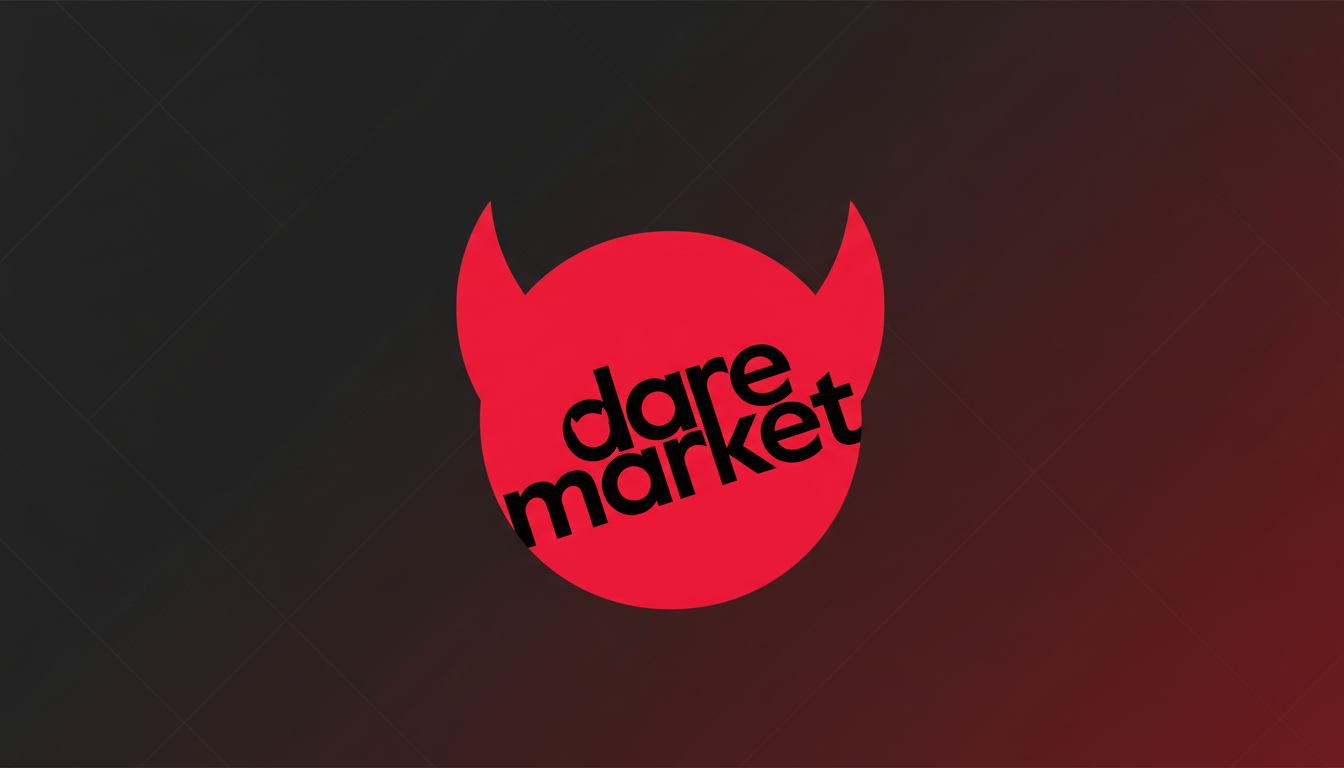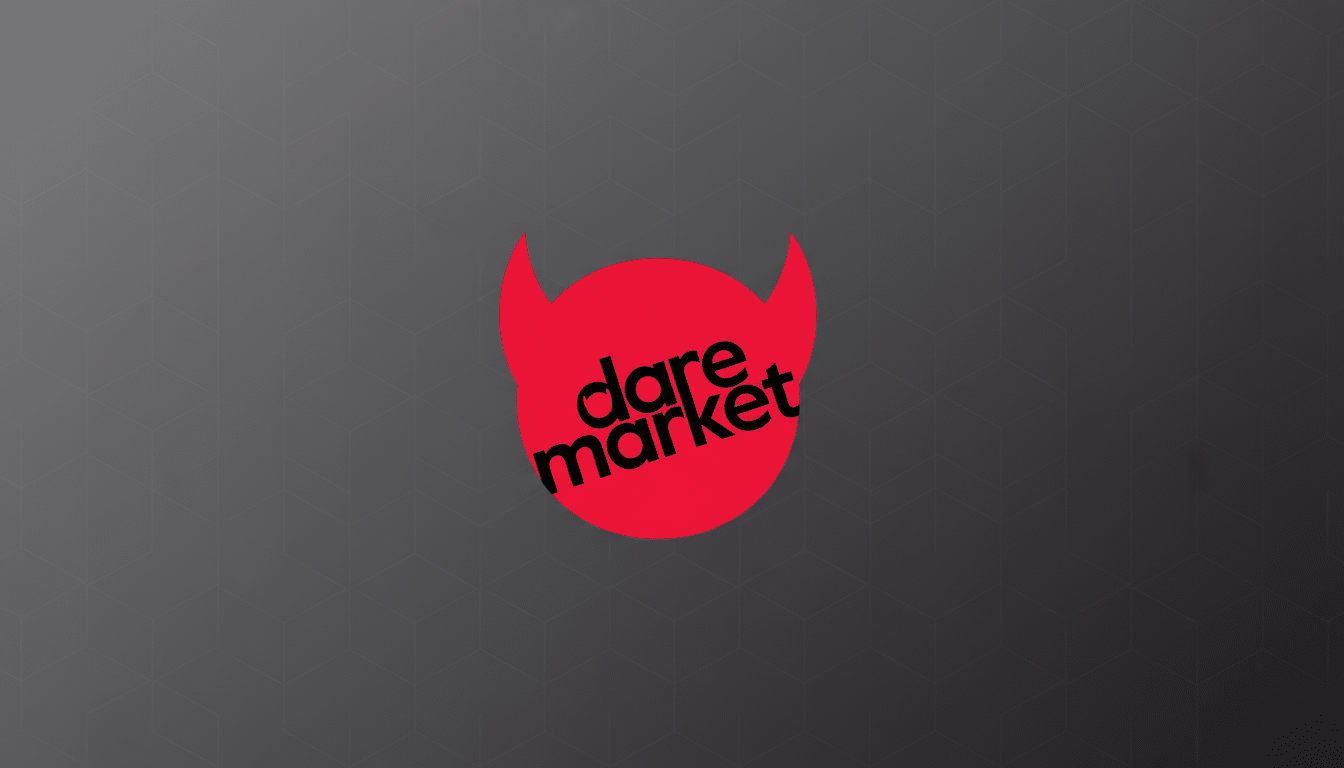A new smorgasbord of public dares is teasing clout-seekers with cash — in the form of digital tokens — to capture footage of themselves performing bizarre and often embarrassing challenges. The startup, which has raised more than $2 million already, goes hard on a reality-TV-for-the-internet vibe — and comparisons to Black Mirror are coming right on time.
How the Prank-for-Pay Model Works on This Platform
Users submit a dare and offer up a bounty. People then upload their attempts at the stunt and the original poster selects a single winner. Payouts are in Solana tokens, and if you’re not picked, you walk away with nothing. The platform skims a little less than 7% from the pot, so it amounts to a constant flow of user-generated work against each bounty — at (pretty much) no additional acquisition cost.

There’s also a reverse marketplace: Creators can put themselves out there to complete made-to-order dares for a fixed price, which essentially turns the site into a gig economy for pranks. Early assignments involve attempting to break a kickflip record and staging fake public arguments to sneak into offices and throw novelty objects onto sports fields.
The Promises of Automation vs. In-the-Field Incentives
It says it uses automated moderation to block anything that “encourages” self-harm, drug use or actions by a person putting themselves at risk. In theory, that guardrail ought to defang the worst impulses. In practice, winner-take-all economics can inspire competitors to go bigger and bolder, and closer to the line — especially when “the line” is drawn by software, and speed counts for virality.
History isn’t kind here. YouTube put rules in place in 2019 against dangerous pranks and challenges after a wave of stunts led to injuries and public outcry, but enforcement was haphazard. Crypto has also had its share of extremes: Reporting from Decrypt featured dangerous dare-like activities around meme-coin hype in 2024 (some that resulted in hospital trips and animal cruelty). Putting prize money on-chain doesn’t relieve those pressures; it intensifies them.
Money, Fame, and the TikTok-ified Attention Economy
The founder has pitched it bluntly, telling Decrypt the platform is delivering “the two things this generation wants most: money and fame.” That’s consistent with broader incentives in the creator economy: short-form clips reward spectacle, algorithms reward engagement and reputation is accumulated in public. A bounty board that forks over liquid crypto condenses that loop into one, gamified feed.
The Solana angle is strategic as well. The low fees and fast settlement enable micro-bounties, and on-chain payouts can be processed in mere seconds. Yet crypto’s transparency runs both ways — public addresses might indicate who bankrolled a stunt and who received payment, data that could be combed through if the dare crosses legal boundaries.

Security, Legal, and Compliance Red Flags to Consider
That’s on top of guys saying they are getting malware-like warnings when they attempt to log in or download the linked apps, predictable, though real, security issues.
Even if those turn out to be false positives, the caution remains: prank platforms are spammy impersonator and knockoff app magnets, and crypto wallets create a new layer of risk for noobs.
The model is somewhere between legally suspect and flat-out illegal. Challenges that encourage breaking the law or public nuisance may involve the breacher and, indirectly, the challenger. In the United States, Section 230 limits platforms’ responsibility for user content, but it doesn’t immunize them from federal criminal law or from aiding and abetting obviously illegal activity. In Europe, the Digital Services Act increases expectations around how companies mitigate risk by moderating content — something that becomes more painful as growth spikes.
What to Watch as the Prank Economy Scales
The sustainability issue is simple enough: can automated moderation actually limit user behavior when the business model fetishizes edginess? Ask whether the platform makes enforcement data public, keeps human review for edge cases and forbids dares that encourage reaching out to unaware bystanders.
Also worth watching: how mainstream social networks react when these clips are reshared in an effort to reach a broader audience, whether payment partners and wallet providers strengthen rules around reward payouts correlated with public disturbances and if insurers or venue operators begin pushing for accountability at events unduly disturbed by hoaxes.
For now, the formula is straightforward and volatile: perform a stunt, win crypto, become famous. If these safeguards are in place, then you’ve got a novelty market for harmless pranks. If they don’t, it risks following the same path that catapulted earlier prank ecosystems to collapse — and left platforms, regulators and creators to mop up afterward.

